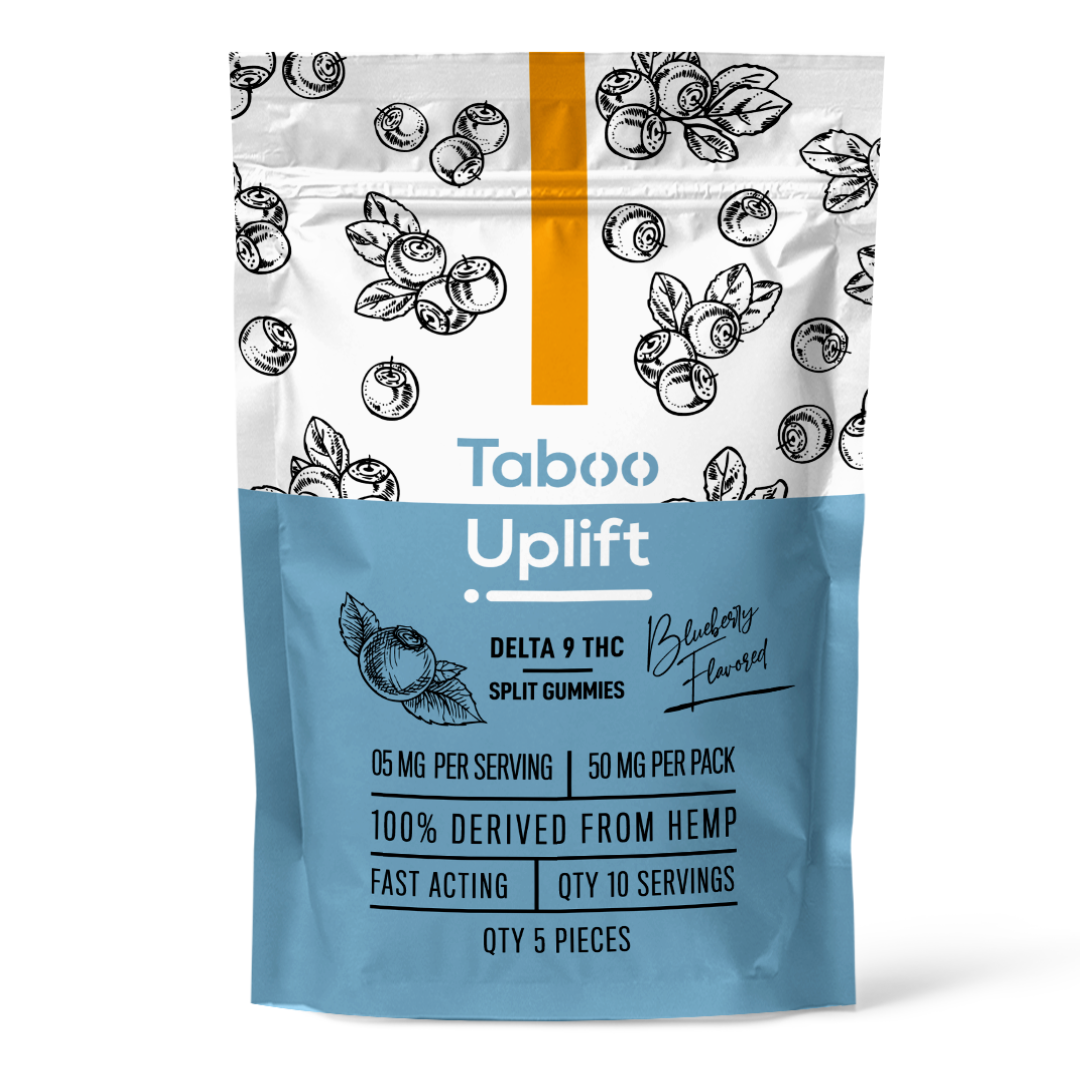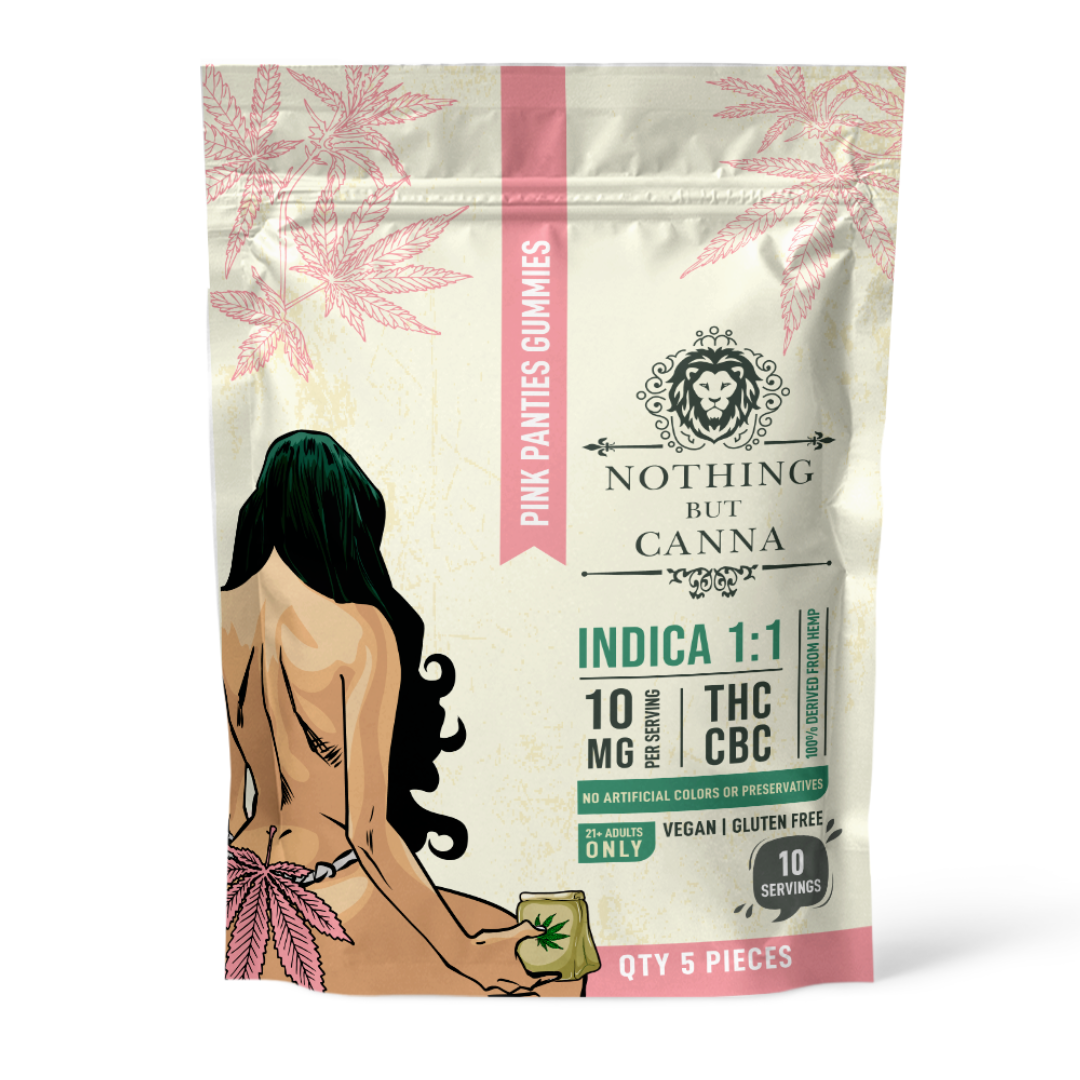Stakeholders supporting hemp as a formally recognized building material are pushing to add versatile and eco-friendly hempcrete to the international code.

Since hemp's legalization under the 2018 Farm Bill, much of the focus on the plant has centered on hemp-derived products like CBD and low-THC food and beverage items. However, one of the largely overlooked and underappreciated applications for hemp is as a construction material.
Before its ban under the Marijuana Act of 1937, hemp was used to craft rope, sails, clothing, paper and a host of other essential items, including as a building material. The main construction item produced from hemp, known as "hempcrete," is made by mixing hemp hurd, the inner woody core of the hemp plant's stalk, with an organic lime-based binder and water. It is a non-structural compound, meaning buildings still require a traditional foundation and frame.
What makes hempcrete a potentially game-changing asset for the construction industry is the fact that it is an excellent insulating and carbon-sequestering material. As plants grow, they absorb carbon from the surrounding atmosphere, and due to its rapid growth rate, hemp can lock up more carbon per hectare than just about any other plant, including trees.
Additionally, hempcrete is highly durable (lasting hundreds of years) and extremely resistant to mold and moisture. However, what truly excites industry leaders is hempcrete's ability to reduce future carbon emissions. When harvested, mixed with lime and water, and put into a building, it locks up that carbon for the structure's lifetime.
As Steve Allin, Director of the International Hemp Builders Association (IHBA), explains, "What's really important about this material is we can create new structures, or we can update or retrofit existing structures so that they don't need air conditioning."
"What's really important about this material is we can create new structures, or we can update or retrofit existing structures so that they don't need air conditioning."
- Steve Allin, Dir. of the International Hemp Builders Association (IHBA)
Because it has only been legal for a few years and most of the hemp produced in the U.S. goes to producing the more lucrative hemp-derived products like CBD and low-THC infused edibles and beverages, only a few hundred properties have been built from hempcrete in the United States. However, other countries like Ukraine and Sweden have begun investing significant capital into large-scale hempcrete production and construction projects.
In an effort to boost the American commitment to utilizing more hempcrete in the construction industry, hemp stakeholders in the U.S. are about to complete the necessary documentation to officially add hempcrete to the International Code Council (ICC) as an approved building material for residential structures.
As first reported by hemptoday, last September the ICC accepted an appendix governing the use of hemp-lime mixtures as a non-load-bearing construction material and wall infill system as part of the 2024 International Residential Code (IRC). Once the official commentary explaining the code language is complete, hempcrete will become an approved construction item under the ICC, paving the way for a potentially massive expansion in the use of hempcrete in the U.S.
As Jacob Waddell, President of the Hemp Building Institute (HBI), states, "This is an important step on a journey to making hempcrete an option for widespread adoption in the construction industry. Professionals in the construction industry now have a guide to what is required to build with hempcrete, and educational material can be developed to spread the requirements of the code."
"This is an important step on a journey to making hempcrete an option for widespread adoption in the construction industry. Professionals in the construction industry now have a guide to what is required to build with hempcrete, and educational material can be developed to spread the requirements of the code."
- Jacob Waddell, President of the Hemp Building Institute (HBI)
The U.S. Hemp Building Association, which raised over $50,000 to develop the appendix, submitted the original application for IRC hempcrete certification last year. The Hemp Building Institute has now taken up the process baton. It seeks to raise an additional $20,000 to finish the commentary and push the hempcrete certification effort across the ICC finish line.
For advocates and industry stakeholders, including hempcrete in the ICC will go far in expanding the opportunities to utilize the environmentally and cost-saving material in growing the residential hemp building sector.
The next step for Waddell and the HBI is to get hempcrete qualified as an approved material for commercial construction through the model International Building Code (IBC). The IBC governs structures not covered by the IRC and receives renewal every three years. It will be open for new submissions beginning in 2025.
The path forward for hemp is a multi-faceted and exciting journey. With the new Farm Bill coming up for renewal this year, the role of hemp in the agricultural and health and wellness sectors should receive much-needed clarity, potentially expanded funding and access to new markets.
Likewise, hemp's financial and environmental impact in the construction industry will only increase with the addition of hempcrete to the ICC. The hemp plant is only beginning to realize its true and profound potential as a super crop in America. It will be interesting to see just how far it can grow.



























